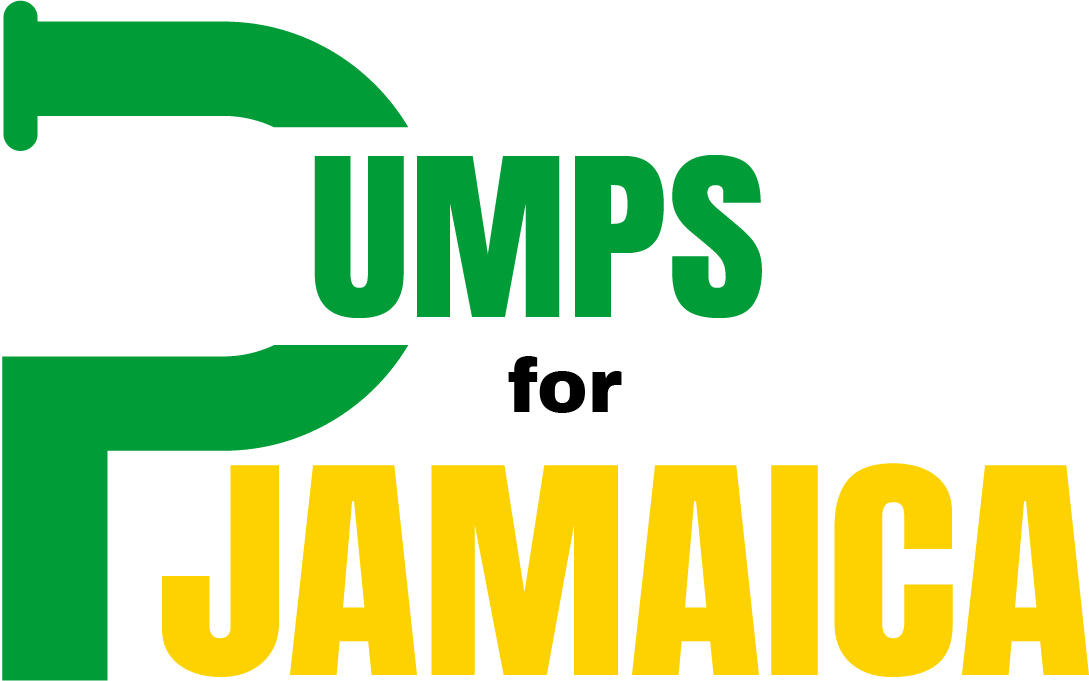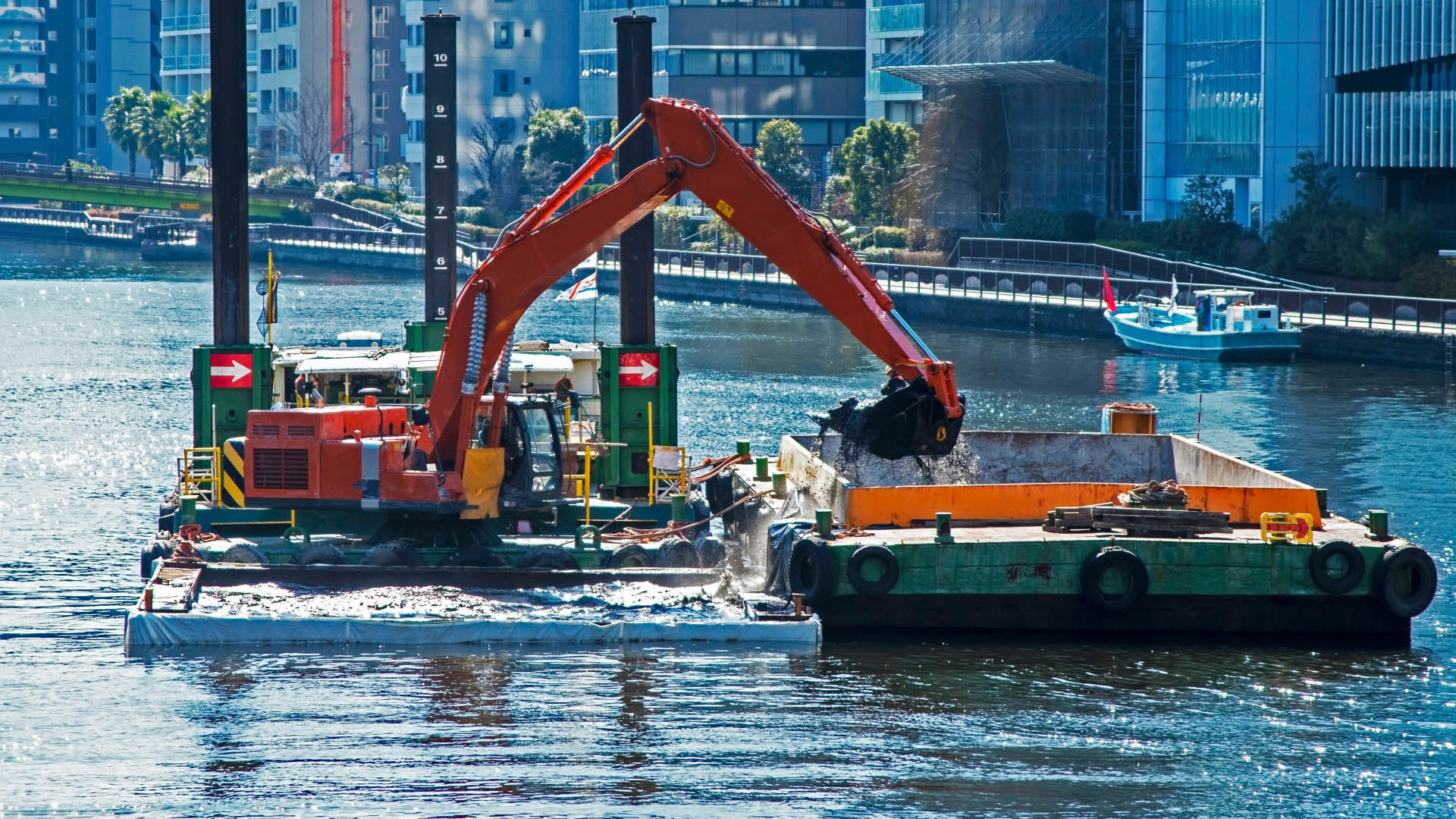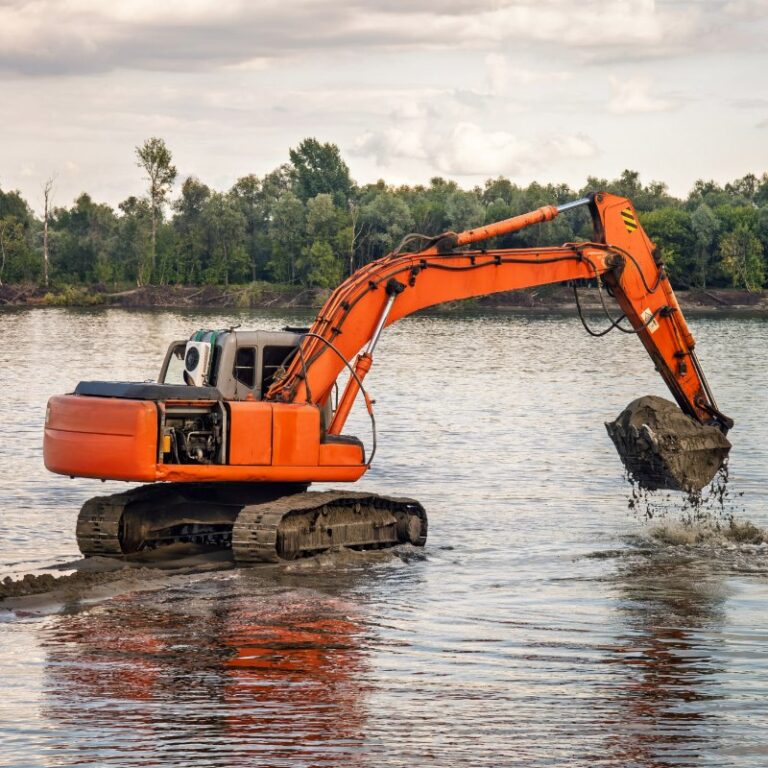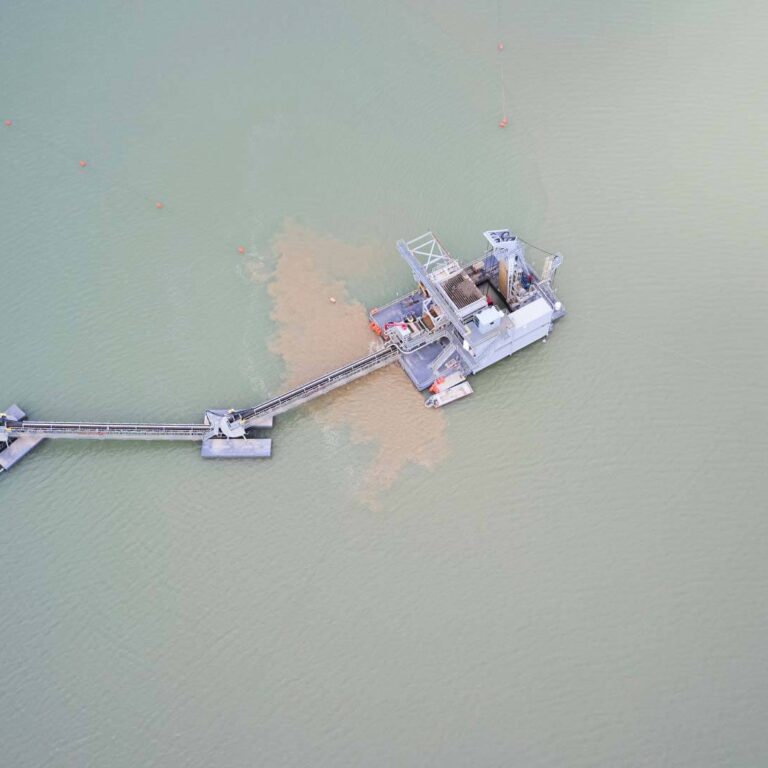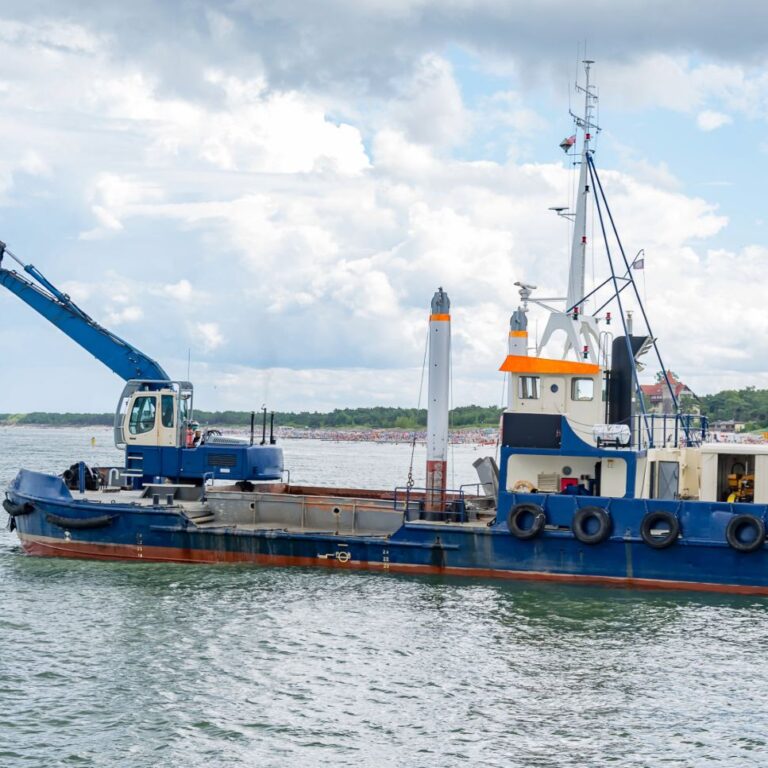Customizing Dredging Equipment for Complex Marine and Inland Projects
Dredging equipment is crucial in marine and inland projects, helping to maintain waterways, restore ecosystems, and support industrial operations. Whether used for port maintenance, land reclamation, or environmental dredging, these machines are essential for removing sediment, debris, and pollutants from water bodies. However, not all projects have the same requirements, making customization a key factor in optimizing efficiency and performance.
Customization is necessary to address unique dredging challenges, such as varying sediment types, depth conditions, and environmental constraints. Factors like project location, water flow dynamics, and regulatory compliance influence the type of modifications required. By adapting dredging equipment to suit specific conditions, operators can enhance productivity, reduce operational costs, and minimize environmental impact.
Tailored dredge equipment provides greater flexibility in tackling complex projects, from deep-sea excavation to precision dredging in confined areas. In particular, specialized pond dredging equipment is designed for shallow water operations, ensuring minimal disruption to aquatic ecosystems. By investing in customized solutions, industries can achieve more effective and sustainable dredging results, making their operations more adaptable to the diverse challenges presented by both marine and inland environments.
Understanding the Different Types of Dredging Equipment
Dredging projects vary in scope and complexity, requiring different types of dredging equipment to ensure optimal efficiency. From deep-water excavation to precision dredging in smaller bodies of water, each type of equipment is designed to handle specific sediment conditions, water depths, and operational challenges. Selecting the right dredge equipment is crucial for maximizing productivity while minimizing environmental impact.
Overview of Standard Dredging Equipment and Their Applications
- Cutter Suction Dredgers (CSD)
- Ideal for heavy-duty dredging in hard materials like compacted sand, clay, and rock.
- Equipped with a rotating cutter head, which loosens sediment before it is pumped through a discharge pipeline.
- Commonly used in land reclamation, harbor deepening, and mining operations.
- Hydraulic Dredgers
- Intended for extensive projects involving fine sediments like mud, silt, and sand.
- Utilizes powerful suction pumps to transport dredged material efficiently.
- Often deployed in river maintenance, coastal protection, and wetland restoration.
- Auger Dredgers
- They are primarily used in shallow water environments, making them an excellent choice for pond dredging equipment applications.
- Features a horizontal auger that dislodges sediment and feeds it into a suction system.
- Ideal for environmental dredging, industrial lagoons, and sediment removal in confined spaces.
- Clamshell and Bucket Dredgers
- Best suited for precise excavation projects that require controlled sediment removal.
- Uses a mechanical bucket or clamshell to scoop material and deposit it onto barges or disposal sites.
- Commonly employed in dock maintenance, construction site preparation, and contaminated sediment removal.
- Jet and Suction Dredgers
- Effective for maintenance, dredging, and shallow water operations.
- Uses high-pressure water jets to break up sediments and transport them via suction.
- Frequently utilized for beach replenishment, marina dredging, and cleaning of reservoirs.
Choosing the appropriate dredge equipment depends on factors such as sediment type, project location, and environmental considerations. For inland projects, specialized pond dredging equipment ensures efficient sediment removal with minimal ecological disruption, while larger dredgers are better suited for deep-sea and industrial applications. Proper equipment selection is essential for achieving the best dredging outcomes while maintaining cost efficiency and sustainability.
Key Considerations for Customizing Dredging Equipment
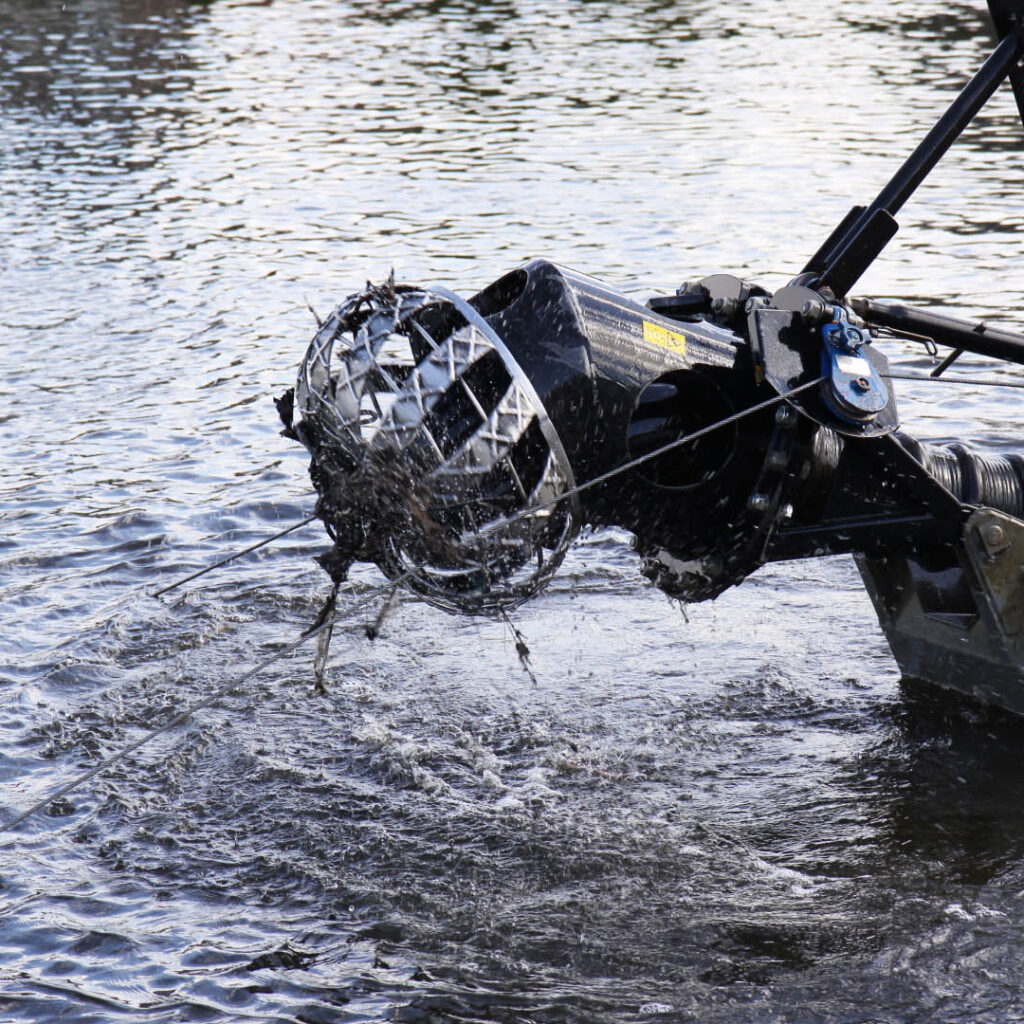
Customizing dredging equipment is essential for optimizing performance in diverse project environments. Factors such as water conditions, sediment composition, and regulatory compliance significantly influence the necessary modifications. Whether for large-scale marine dredging or smaller inland projects, selecting the right equipment ensures efficiency, sustainability, and cost-effectiveness.
A. Project-Specific Requirements
Each dredging project presents unique challenges that require customized solutions. Key considerations include:
- Depth, Sediment Type, and Water Conditions
- Deeper water dredging requires more powerful pumps and durable suction systems.
- Harder sediments, such as clay or rock, demand reinforced cutter heads and stronger propulsion mechanisms.
- Strong currents or tidal influences may require additional anchoring and positioning systems.
- Environmental Regulations and Sustainability Goals
- Many dredging projects must adhere to strict environmental guidelines to minimize impact on aquatic ecosystems.
- Using eco-friendly modifications, such as silt curtains and precision dredging, helps maintain water quality.
- Site Accessibility and Dredging Efficiency Requirements
- Some inland dredging sites have limited access, requiring lightweight and modular equipment.
- Transport logistics must be considered when customizing mobile dredge equipment for remote locations.
B. Modifications for Marine vs. Inland Dredging
The differences between marine and inland dredging require specialized equipment adjustments.
- Marine Dredging Customization:
- Designed to withstand high waves and strong currents, requiring reinforced hulls and automated positioning systems.
- Uses corrosion-resistant materials to prevent damage from prolonged saltwater exposure.
- Equipped with larger pumps and enhanced sediment transport systems to handle significant volumes of dredged material.
- Inland Dredging Customization:
- Requires compact and maneuverable designs to operate in tight spaces, such as rivers, canals, and small lakes.
- Often uses lightweight components for easy transport and assembly in remote locations.
- Specialized pond dredging equipment is adapted to minimize disruption to sensitive aquatic ecosystems, using precision dredging tools to prevent unnecessary sediment disturbance.
Customizing pond dredging equipment and other inland dredging systems ensures that projects meet environmental and operational demands while improving efficiency and sustainability. Investing in tailored dredge equipment modifications leads to better project outcomes, reduced maintenance costs, and greater adaptability to challenging dredging environments.
Customizing Dredge Equipment for Enhanced Efficiency
Optimizing dredge equipment through customization is essential for improving performance, reducing operational costs, and increasing overall project efficiency. Various modifications can enhance sediment transport, precision dredging, and monitoring capabilities, ensuring that equipment operates effectively in different marine and inland environments.
A. Advanced Pumping and Suction Systems
A well-designed pumping and suction system is essential for efficient sediment transport. Upgrading these components can significantly improve dredging efficiency.
- Upgrading pumps for improved sediment transport ensures that dredge equipment handles high volumes of material without clogging or excessive wear.
- Variable-speed control systems allow operators to adjust pump intensity based on sediment conditions, optimizing energy consumption and reducing downtime.
- Enhancing suction power for different sediment densities ensures that fine-grain silt and coarse sand are efficiently transported without straining equipment.
B. Cutterhead and Auger Customization
The effectiveness of dredging operations relies on the proper design of cutterheads and augers, especially when dealing with varying sediment types.
- Reinforced cutter heads for abrasive materials improve durability when dredging rocky or compacted sediments.
- Auger modifications for precision dredging in small water bodies are crucial for pond dredging equipment, where careful sediment removal is needed to prevent environmental disruption.
- Hybrid cutter-suction systems for handling mixed sediments provide versatility for dredging projects that involve both fine and coarse materials.
C. Pipeline and Discharge System Adjustments
Customizing pipelines and discharge systems ensures efficient material transport and prevents clogs or operational slowdowns.
- Custom pipeline configurations help operators adapt dredge equipment to specific site conditions, whether for deep-sea projects or inland waterways.
- Selection of floating vs. land-based discharge pipelines depends on dredging depth and disposal location, ensuring efficient sediment transfer.
- Anti-clogging measures to prevent material buildup include self-cleaning mechanisms and strategic pipe placement to maintain steady flow rates.
D. Automation and Digital Monitoring Systems
Technology-driven advancements in dredging improve accuracy, safety, and efficiency.
- GPS and sonar technology, used for precise dredging operations, allow for real-time positioning and depth control, ensuring optimal material removal.
- Automated depth control and real-time monitoring systems provide data insights that help operators adjust dredging parameters dynamically.
- Remote-controlled dredging equipment for increased safety and efficiency minimizes human exposure to hazardous conditions and enhances operational control.
Customizing pond dredging equipment and other specialized equipment ensures that projects meet environmental, logistical, and operational demands. These enhancements increase dredging efficiency, extend equipment lifespans, reduce maintenance costs, and improve project sustainability.
Customization for Environmental Sustainability
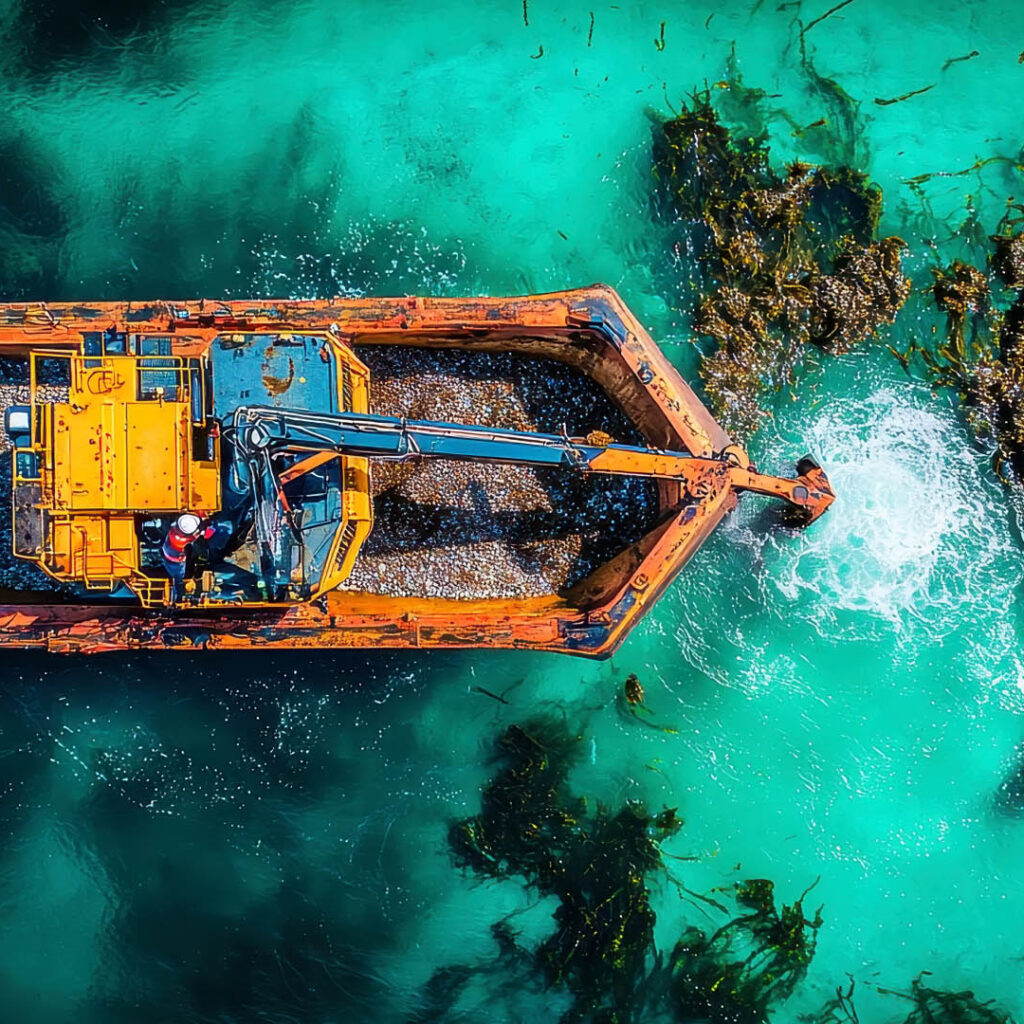
As dredging operations continue to expand across marine and inland environments, the need for environmentally sustainable practices is more critical than ever. Customizing dredge equipment to minimize ecological disruption ensures that projects maintain regulatory compliance while preserving aquatic ecosystems. By integrating eco-friendly technologies and operational strategies, dredging can be both efficient and environmentally responsible.
Using Eco-Friendly Dredging Techniques to Reduce Impact
Modern dredging methods are evolving to reduce environmental disturbances, particularly in sensitive ecosystems. Precision dredging techniques, such as hydraulic and auger-based systems, allow for targeted sediment removal with minimal disruption. Additionally, the use of biodegradable hydraulic fluids and low-emission engines in dredge equipment helps reduce water contamination and air pollution.
For inland projects, pond dredging equipment can be customized to limit sediment resuspension, ensuring that delicate aquatic habitats remain intact. Using advanced control systems, operators can optimize dredging speed and suction power to extract only necessary sediment without excessive disturbance.
Sediment Containment Solutions for Cleaner Discharge
One major environmental concern in dredging operations is the release of disturbed sediments back into the water. This can lead to turbidity, water pollution, and the spread of contaminants. To address this, customized dredge equipment can be outfitted with sediment containment solutions such as silt curtains and filtration systems.
Floating silt barriers prevent fine particles from dispersing, while geotextile tubes and dewatering bags help capture dredged material before it is reintroduced into the environment. For inland water bodies, pond dredging equipment can be equipped with specialized discharge control mechanisms that ensure cleaner sediment processing and water return.
Adapting Pond Dredging Equipment to Minimize Disruption to Aquatic Life
Shallow water ecosystems, such as ponds and lakes, are highly sensitive to dredging activities. Customizing pond dredging equipment to operate with reduced suction force and variable depth settings can help protect fish, plant life, and water quality. Additionally, using slow-moving auger dredgers instead of aggressive cutterheads prevents unnecessary habitat destruction.
Compliance with Environmental Regulations for Marine and Inland Projects
Customizing dredge equipment to meet local and international environmental regulations is essential for legal and ethical dredging operations. Many projects must adhere to strict guidelines for sediment disposal, water quality protection, and habitat conservation. By integrating eco-friendly modifications and following best practices, operators can ensure their dredging activities remain compliant while supporting long-term environmental sustainability.
Best Practices for Choosing and Modifying Dredging Equipment
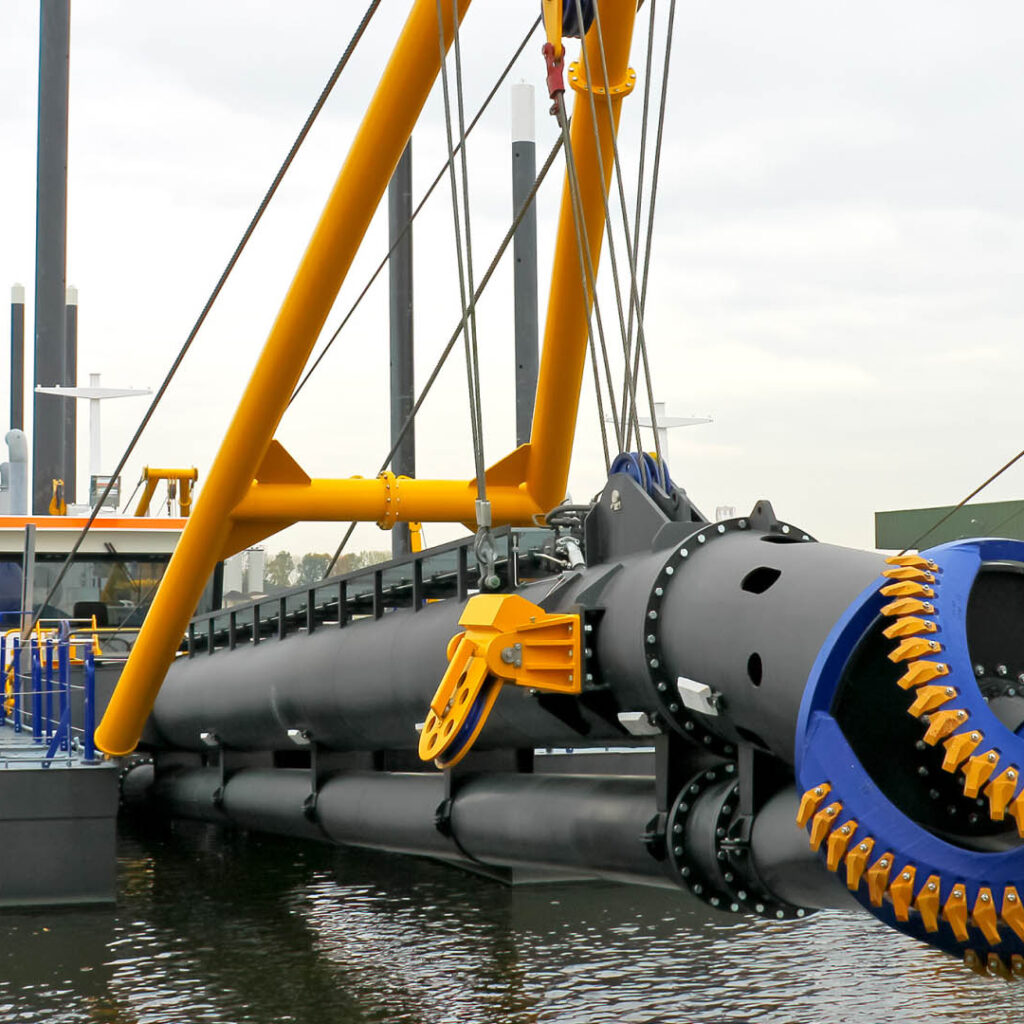
Selecting the right dredge equipment and customizing it for specific project requirements can significantly improve efficiency, reduce operational costs, and minimize environmental impact. Whether working on large-scale marine dredging or small-scale pond restoration, following best practices ensures that equipment modifications align with project goals and performance expectations.
Working with Experts to Design Project-Specific Modifications
Customizing dredge equipment requires a deep understanding of sediment composition, water conditions, and project constraints. Collaborating with dredging specialists and engineers ensures that modifications are tailored to specific needs. Experts can recommend adjustments such as upgraded pumps, reinforced cutter heads, or enhanced automation systems to maximize efficiency. This is especially important for pond dredging equipment, where precision dredging is required to prevent ecological damage while maintaining high performance.
Ensuring Compatibility with Existing Dredge Equipment and Technology
Before modifying any dredging system, it is essential to ensure compatibility with existing equipment and onboard technology. Customizations such as advanced GPS mapping, automation controls, and sediment monitoring systems must integrate seamlessly with the current setup; for projects using pond dredging equipment, lightweight and modular components should be considered to allow for easier transportation and assembly in confined areas.
Conducting Regular Assessments and Adjustments for Optimized Performance
Dredging conditions can change over time, requiring continuous evaluation and modification of equipment settings. Regular performance assessments help identify inefficiencies and allow for timely adjustments. Monitoring factors such as pump efficiency, pipeline flow rates, and cutter head wear ensures that dredge equipment operates at peak performance.
Evaluating Cost-Benefit Analysis Before Implementing Customizations
While modifications can improve dredging efficiency, not all customizations are cost-effective. Conducting a thorough cost-benefit analysis ensures that investments in equipment upgrades provide measurable returns. Operators should consider the long-term operational savings and potential productivity gains before implementing major modifications to dredge equipment or pond dredging equipment.
By following these best practices, operators can enhance the efficiency, longevity, and sustainability of their dredging operations while ensuring that equipment modifications align with both project and environmental requirements.
Conclusion

Customizing dredging equipment is essential for ensuring efficiency, sustainability, and adaptability in complex marine and inland projects. By modifying key components such as pumps, cutter heads, and automation systems, operators can optimize performance for specific dredging environments. These customizations allow for better sediment removal, reduced equipment wear, and improved operational control, leading to greater overall success.
Tailored dredge equipment enhances project outcomes by increasing efficiency and minimizing environmental impact. Advanced modifications, including sediment containment systems and eco-friendly dredging techniques, help protect aquatic ecosystems while maintaining high productivity. Whether used for large-scale port maintenance or smaller inland applications, customized solutions ensure that equipment is well-suited to each project’s demands.
For inland projects, specialized pond dredging equipment is critical for minimizing disruption to aquatic life and maintaining water quality. As dredging needs evolve, continuous innovation and customization will be necessary to address future challenges, ensuring that both marine and inland dredging operations remain efficient, cost-effective, and environmentally responsible.
